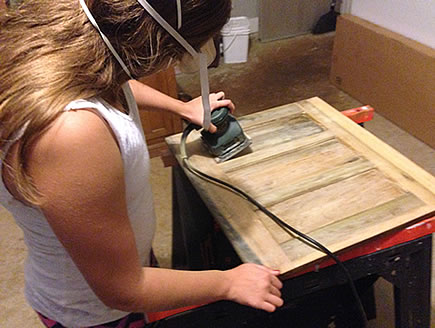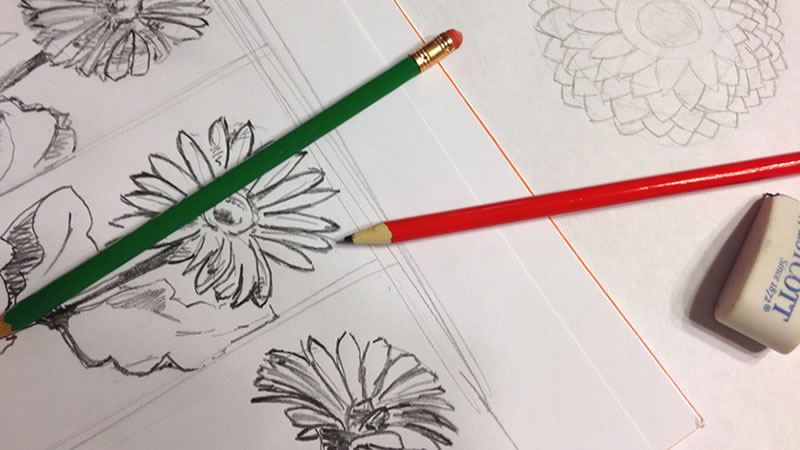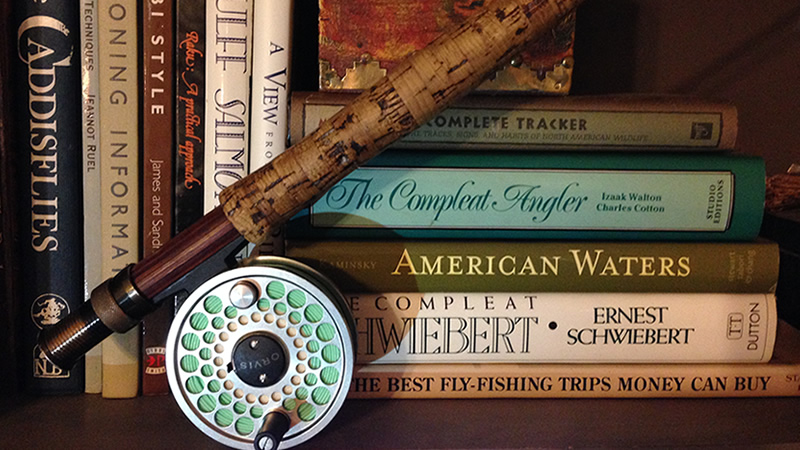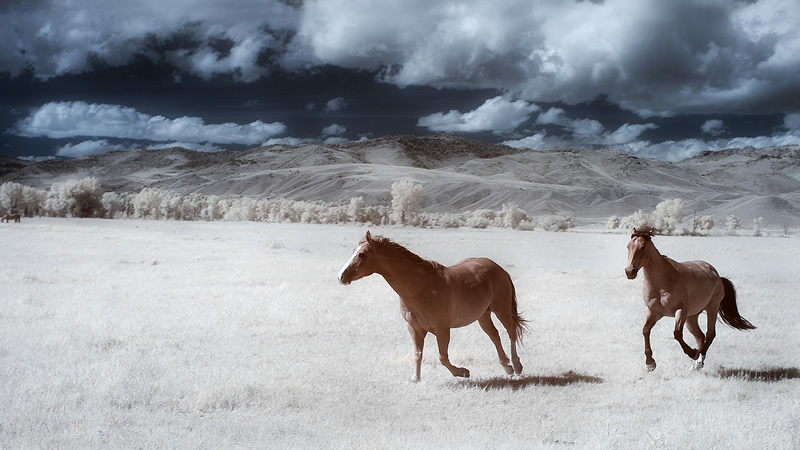"To him, all good things — trout as well as eternal salvation — come by grace, and grace comes by art, and art does not come easy.”
Norman Maclean, A River Runs Through It
I remember the first time I saw someone fly fishing. I was 14 years old and visiting my grandparents who had a small house near a big river. I was playing in the backyard when I saw a figure walking effortless down the middle of the wide stream. I was mesmerized. He was always in motion. He fished like no one I’d ever seen before. Wielding a willowy rod, casting 40 feet of line effortlessly. With each cast he shimmered. He was, in every way, in tune with the river. It was lyrical. It was graceful. It was art. I was hooked!
Having spent 35 years wading ever deeper into the art and science of fly fishing, I’ve concluded that most of the lessons a man learns on the water are directly applicable to other areas of his life. Marketing is one of those areas. I’ve been a marketing professional for a long time and am continually reminded how much analogy exists between what I’m doing at work and what I’d prefer to be doing on the water. That’s a good thing, I suppose; it’s likely what keeps me from simply ditching the office and going fishing. Here are just a few of the marketing lessons I’ve learned from fly fishing:
Lesson Number 1: Identify and understand the target
I can try every fly in my box, try every tactic in the book, remain in-stream all day long and never catch a fish that isn’t there. You see, where you fish matters; when you fish matters. Different species live in different streams, eat different food, feed at different times. Spend your precious time fishing where they are not, and you’re sure to be frustrated. Yes, you can occasionally arrive at a new stretch of water, throw any old thing in, retrieve it with abandon and still catch a fish, but it’s a long shot and has much more to do with blind luck than with skill. And trust me, if you’re fishing for your dinner, you don’t want to rely on luck. The same is true when crafting email communications to a newly acquired list of prospects, or when pitching a new web product or service. We must invest time in getting to know our audience and in understanding their environments, their habits, their motivations – in short, what makes them click. Research psychographics and demographics, create personas and use cases. The more data uncovered and analyzed, the better the results. Guaranteed: The more you know about your customer (and your fish), the better chance you’ll have of finding them and connecting with them.
Lesson Number 2: Nothing beats direct observation
I continue to remind myself that only fools rush in. Thirty-five years of fly fishing and I still have every desire — once I’ve found a promising pool or stretch of water — to walk straight in and start casting. Call it eagerness. Call it impatience, but bottom line, I know better. I know from hundreds of previous experiences that such a clumsy, flat-footed approach never yields optimal results. Careful observation is the name of the game. Stopping shy of the pool or climbing to the nearest rise and scouting out the situation for 15 minutes will double my success, if I can just slow down and remember to do it. Marketing is no different. Even with access to the best education, latest research and anecdotal evidence, rushing in without stopping to read the current can often cost you big. I'm not recommending that, as marketers, we sit on the banks, paralyzed by fear of failure. Rather, we should take that moment to reflect on what experience has taught us, and assess what the current conditions call for. What is actually happening in the now may only be a shade different that what our instinct suggests, but better to know it before splashing our way through the pool and scattering our targets hither and yon. In short: Trust your gut and tap your experience, but don’t forget to check reality before committing to the cast. You rarely get second approaches to that perfect pool, or to that new customer.
Lesson Number 3: Test the waters — Welcome feedback — Iterate to optimize
Finding fish is only part of the quest. Once I’ve found them, I can make careful observation of feeding behavior and environmental nuances. And finally, I’m ready to act! And if I’m lucky (very lucky), I’ll have gotten all parts of the equation correct. But more likely I’ll be ready for the fun part, the part most people refer to as fishing. Fly fishing may look complicated, what with lots of Latin names and scientific jargon. But at its core, it’s iteration and optimization, plain and simple. Didn’t choose the right fly? Try another very similar in size and material. Float it a bit to the left, now to the right. Let it swing when it reaches the cross current. Give it a flutter. No luck? Switch flies. Try again. The same is true in nearly every aspect of marketing. Chances are good you’ll have made fine assumptions based on earlier research. No doubt your observations were worth the effort. But once a communication has been broadcast, it suddenly becomes very real. Customers’ real-time actions rarely match our expectations. Other factors come into play. Live environments are hectic, even chaotic, distractions are everywhere and they take our customer off task, causing them to act differently than our research suggested. Bottom line? You had better be ready to alter your approach to accommodate the change in the conditions. You’d best be ready to go with the flow. Past US President and prolific fly fisherman Herbert Hoover once said, "The gods do not deduct from man's allotted span the hours spent in fishing." I have to question if maybe, just maybe, that’s because, if we care to pay attention, we can learn so much about the rest of our lives from our time spent on the water. From what area of your personal life do you draw career principles?
Where do you find your passion and work overlapping? I encourage you to start looking for opportunities to connect your interests and work. It’s fun, rewarding and if we’re persistent, it can lead to better work, better products and a healthier outlook on our work-life balance.
 Then we got to break out the power tools. A quick trip to the garage and we were sanding the 30 years of shellac off an old wood panel from an aging armour. Next we began prepping it for painting. A primer coat was all we had time for but it was just enough to have us chomping at the bit for next week's lesson.
Then we got to break out the power tools. A quick trip to the garage and we were sanding the 30 years of shellac off an old wood panel from an aging armour. Next we began prepping it for painting. A primer coat was all we had time for but it was just enough to have us chomping at the bit for next week's lesson.


